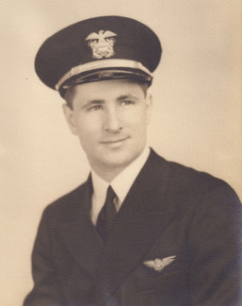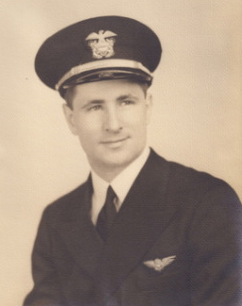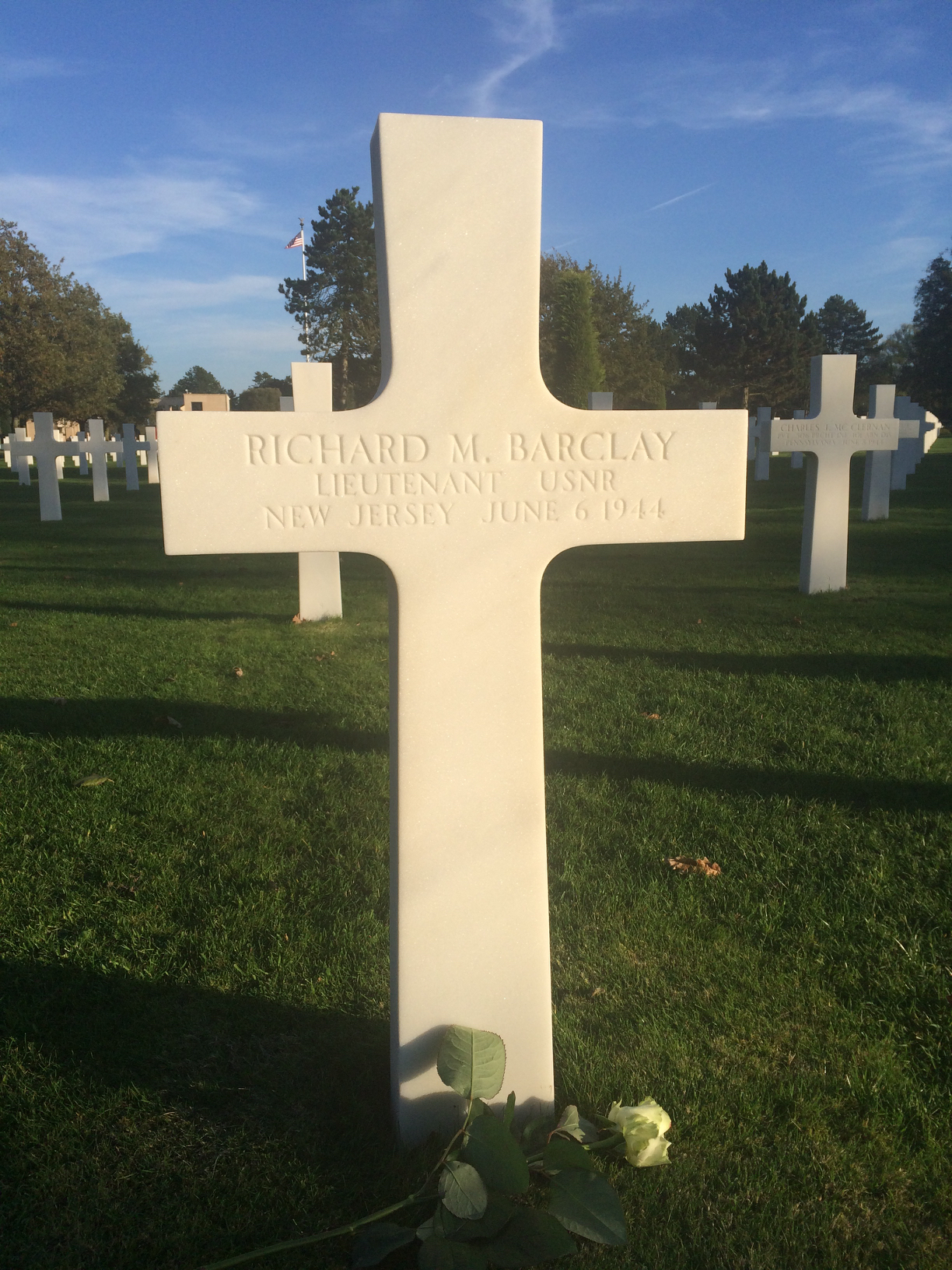LT Richard Miller Barclay, the senior OS2U Kingfisher pilot assigned to USS TUSCALOOSA (CA-37), was one of the pilots who found himself assigned to VCS-7 and training to fly the Spitfire. On D-Day, June 6, 1944, missions were flown from a base in England and typically utilized two aircraft, the lead plane functioning as the spotter and the wingman providing protection escort against enemy aerial attack. A typical spotting sortie lasted almost two hours which provided 45 minutes on station and one hour in transit. German fighters were rarely encountered and although missions were normally flown at 6,000 feet, poor weather often forced the spotter to operate between 1,500 and 2,000 feet, or even lower, where they were particularly vulnerable to anti-aircraft fire. It has been reported that on D-Day, LT Barclay successfully flew two spotting recognizance flight missions. When a lesser-ranked pilot refused to fly his assigned mission, LT Barclay volunteered to fly a third mission in the man's place. During the flight LT Barclay was shot down and killed by anti-aircraft fire and crashed in a field near Colleville-sur-Mer. His wingman, despite severe damage to his right wing and aileron, managed to return home. LT Barclay became the only pilot of VCS-7 to be killed due to enemy action during the short existence of VCS-7 which disbanded on June 26, 1944.
LT Richard Miller Barclay, the senior OS2U Kingfisher pilot assigned to USS TUSCALOOSA (CA-37), was one of the pilots who found himself assigned to VCS-7 and training to fly the Spitfire. On D-Day, June 6, 1944, missions were flown from a base in England and typically utilized two aircraft, the lead plane functioning as the spotter and the wingman providing protection escort against enemy aerial attack. A typical spotting sortie lasted almost two hours which provided 45 minutes on station and one hour in transit. German fighters were rarely encountered and although missions were normally flown at 6,000 feet, poor weather often forced the spotter to operate between 1,500 and 2,000 feet, or even lower, where they were particularly vulnerable to anti-aircraft fire. It has been reported that on D-Day, LT Barclay successfully flew two spotting recognizance flight missions. When a lesser-ranked pilot refused to fly his assigned mission, LT Barclay volunteered to fly a third mission in the man's place. During the flight LT Barclay was shot down and killed by anti-aircraft fire and crashed in a field near Colleville-sur-Mer. His wingman, despite severe damage to his right wing and aileron, managed to return home. LT Barclay became the only pilot of VCS-7 to be killed due to enemy action during the short existence of VCS-7 which disbanded on June 26, 1944.
Gravesite Details
Entered the service from New Jersey.
Family Members
Other Records
Sponsored by Ancestry
Advertisement
Advertisement









